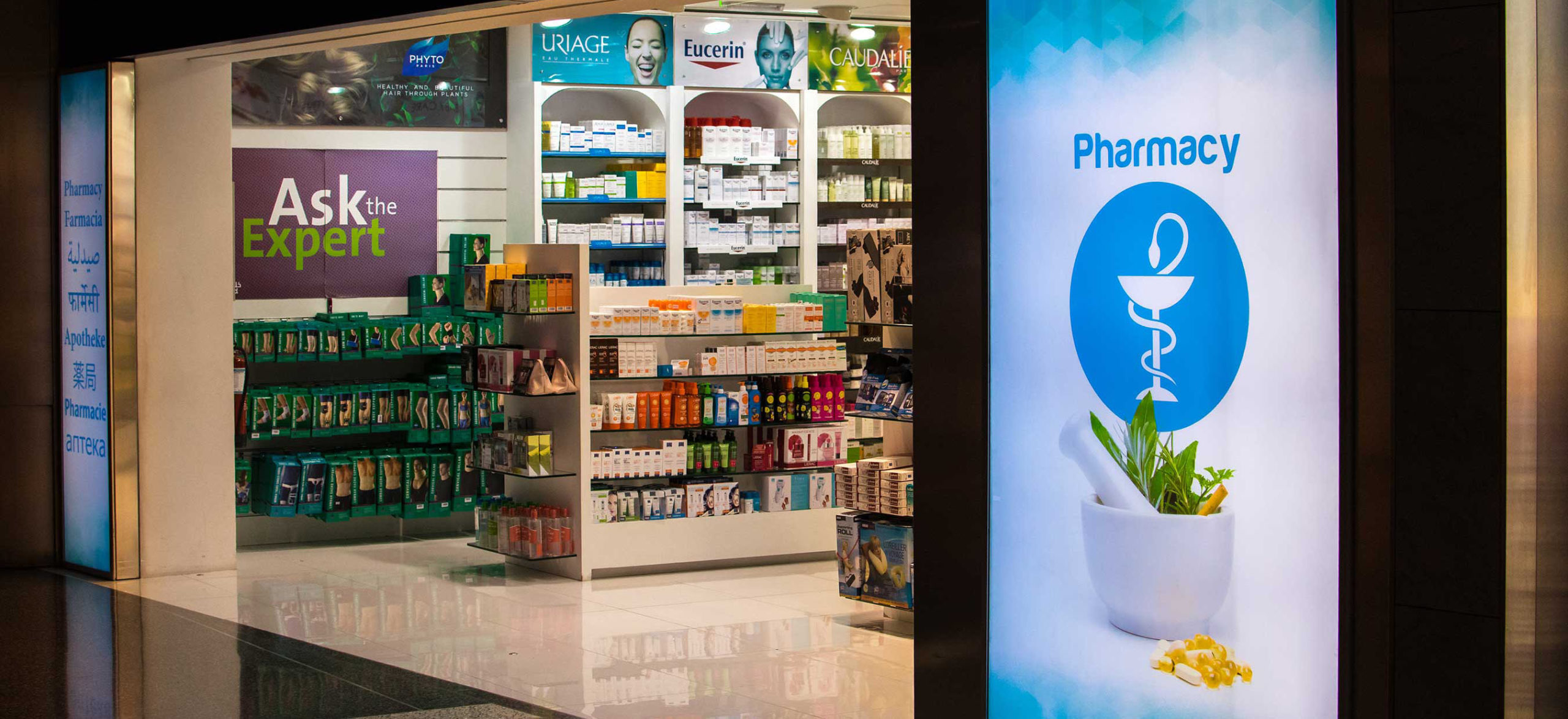It’s no secret that drug adherence is a major problem, not only for patients, but also for manufacturers, payers, and the healthcare system as a whole. But while the problem is well-documented—about 20% to 30% of prescriptions go unfilled, and adherence among patients with chronic conditions is only about 50% in developed countries, the World Health Organization estimates—fixing it has presented serious hurdles.
Point-of-care companies, however, have a unique role to play in driving adherence. Too often, the missing piece in the adherence puzzle is a plan for keeping patients consistently engaged, as it is ultimately activated patients who take their medications as prescribed. And that plan needs to begin at the time therapy is initiated.
So much focus tends to be on what comes before a patient begins treatment, with companies continually looking for ways to get patients to the doctor, increase diagnosis rates, and drive prescriptions. But there tends to be a lot less focus on what happens next. It is that moment a prescription is written—which happens at the point of care—when we need to start engaging and supporting a patient along the journey toward getting on, and then staying on, therapy.
That effort should extend beyond the four walls of the doctors’ office, too. With the advent of zero-contact intake, telehealth appointments, and other COVID-friendly technological tools, the point of care has dramatically expanded. Point-of-care companies that can reach patients where they are with adherence messaging and reminders have an even greater opportunity to keep patients engaged and compliant.
Addressing Additional Barriers to Adherence
Of course, a lack of engagement is not the only reason patients don’t fill their prescriptions or take their medications as directed. Patients—and particularly, patients in underrepresented communities—face barriers that include financial and transportation challenges that can prevent them from easily getting to a pharmacy.
But point-of-care companies can step in here, too. Not only can they use targeted messaging to nudge patients toward filling a script, but they can also potentially uncover those specific barriers a patient is facing and address them by connecting that patient with appropriate resources. If they can successfully do that, we’ll start to see adherence rates tick upward.
And if they can’t? These are capabilities they should be working on. Point-of-care companies have access to patients at critical points in their healthcare decision-making, and we need to be able to support them in multiple ways after that moment the prescription is written—and not just leading up to it.










